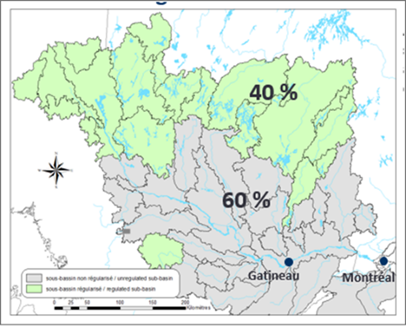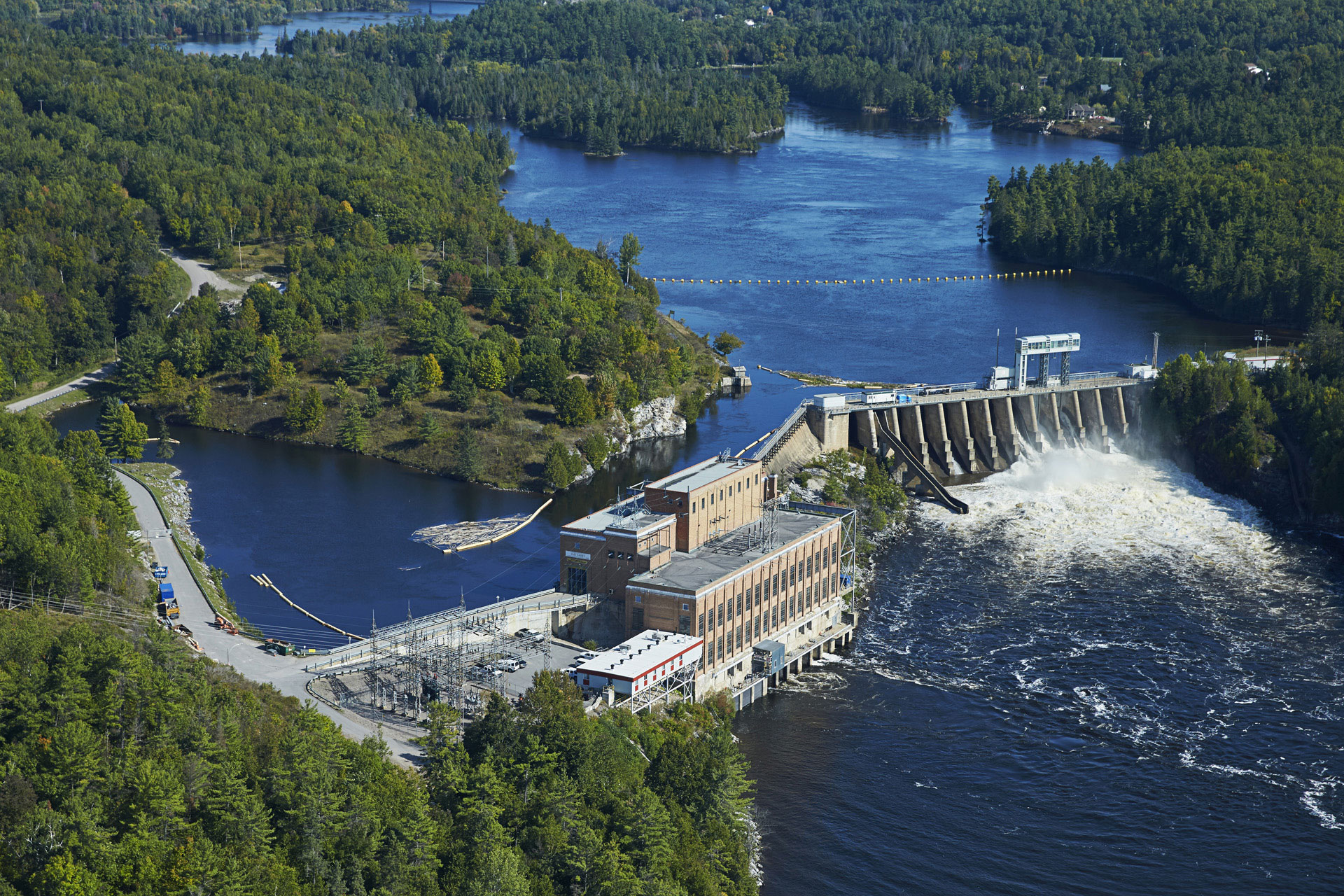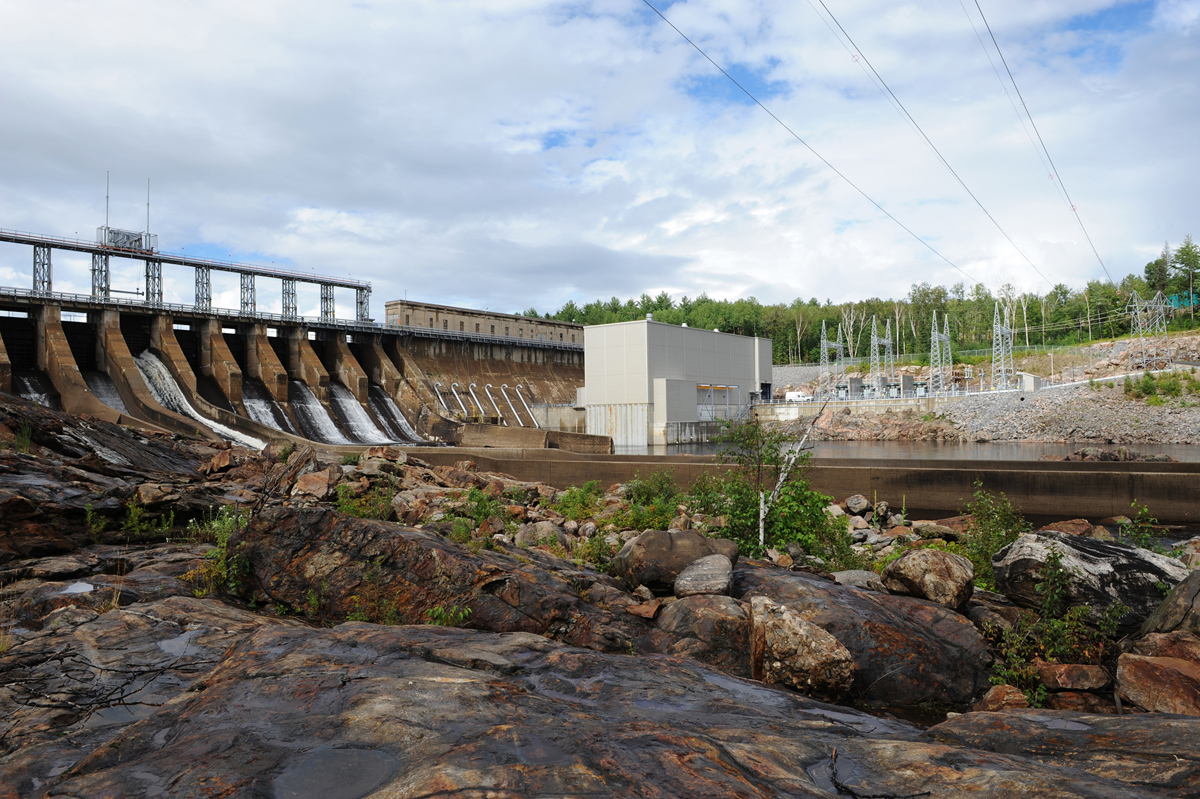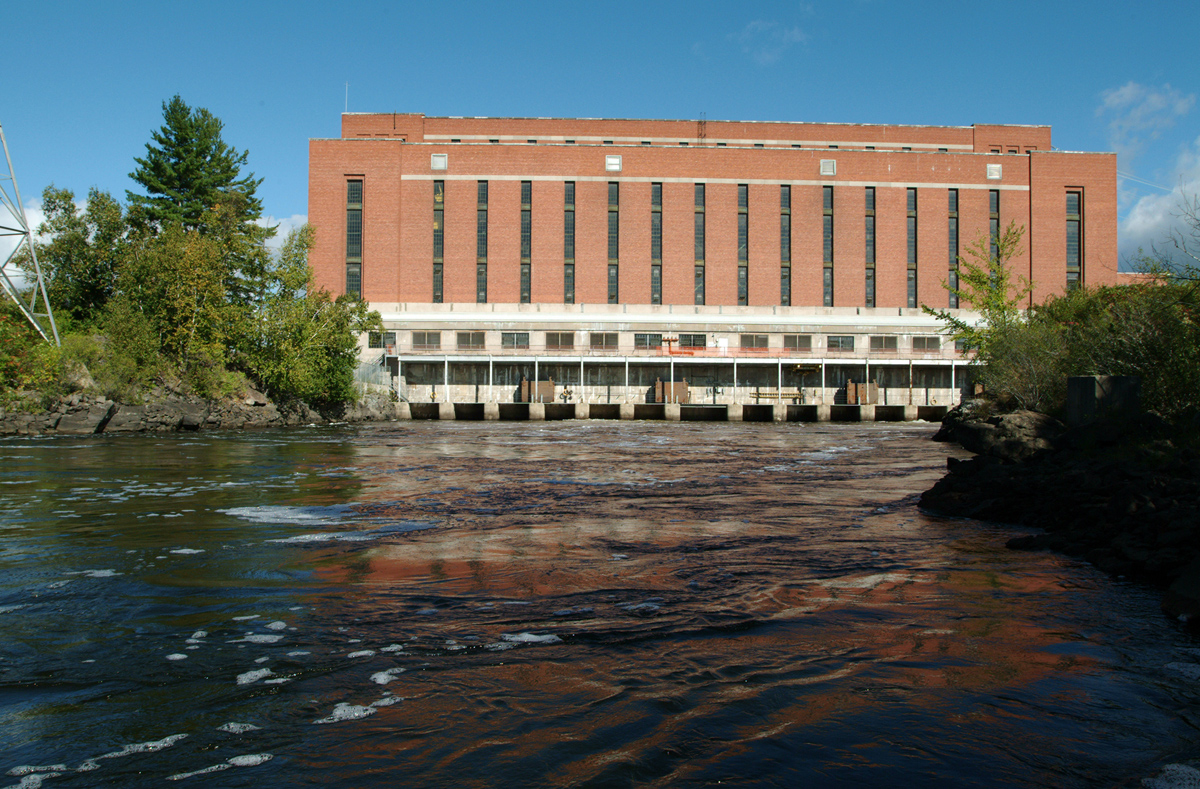Important reminder
In the event of a flood, contact your municipality. They will advise the Ministère de la Sécurité publique du Québec, which coordinates all flood-related activities.
Outaouais
Reducing the impact of spring runoff: A team effort between Hydro-Québec and its partners

Webinar
Outaouais spring flooding: Hydro-Québec answers your questions
Watch the webinar
Rivière des Outaouais watershed
The Rivière des Outaouais (Ottawa River), which flows from Abitibi-Témiscamingue to Montréal, is 1,120 km in length, making it Québec’s longest river. The Outaouais and Gatineau are the only rivers in the Rivière des Outaouais watershed on which Hydro-Québec owns hydropower facilities. In Outaouais, Hydro-Québec manages the Baskatong and Cabonga reservoirs, on the Rivière Gatineau, and six generating stations: Mercier, Paugan, Chelsea and Rapides-Farmer on the Rivière Gatineau, as well as Bryson and Carillon on the lower stretch of the Rivière Outaouais. Chute-des-Chats generating station is operated by Ontario Power Generation, in partnership with Hydro-Québec.
Hydro-Québec is not the only operator of reservoirs and generating stations on the Rivière des Outaouais
Managing the water levels and flows in the Outaouais is a collaborative effort between partners. Every drop of water in the river is monitored by the Ottawa River Regulation Planning Board (ORRPB).
(ORRPB).
The ORRPB is made up of all the agencies that participate in managing the Outaouais watershed: Ministère de l’Environnement, de la Lutte contre les changements climatiques, de la Faune et des Parcs du Québec, the Ministry of Natural Resources and Forestry of Ontario, Environment and Climate Change Canada, Public Services and Procurement Canada, the Canadian Coast Guard, Ontario Power Generation and Hydro‑Québec.
Visit the ORRPB website to track the hydraulic conditions of the Rivière des Outaouais. You will also find historical water level and streamflow summaries, with some dating back to 1950.
website to track the hydraulic conditions of the Rivière des Outaouais. You will also find historical water level and streamflow summaries, with some dating back to 1950.
The members of the ORRPB work together to effectively reduce the impacts of spring runoff.
A tool that identifies flows and water levels
We are installing measuring instruments on rivers and reservoirs where we operate dams and generating stations. They provide flow, water level and meteorological data. This data is available to you through a simple tool, which can provide information about flows on rivers and water levels in reservoirs.
Learn more about the Tool
The reservoirs reduce the impact of spring runoff of the Outaouais watershed
In spring, Hydro-Québec and its partners fill their reservoirs to near capacity and store the water to limit the impact of spring flooding on communities. However, the reservoirs located in the northern part of the Outaouais watershed have access to only 40% of the water inflows. The remaining 60% come from the southern part of the watershed, downstream of the facilities that can hold back water. As a result, the water flowing south of the reservoirs cannot be managed or held back. Although the collaborative efforts of Hydro-Québec and its partners can reduce flows during spring runoff periods, they cannot prevent floods in certain areas when the inflows are too high, since only four out of ten drops of water flow through control structures.

Watch our expert explain how HydroQuébec contributes to managing spring runoff along the Rivière des Outaouais (Ottawa River).
Myths and realities
Myth: Hydro-Québec does not completely empty the Baskatong reservoir before the spring runoff, because it would rather sell electricity to the Americans than prevent flooding.
Myth: Hydro-Québec could hold back more water at its Bryson, Paugan and Chelsea generating stations to limit flooding.
Myth: Hydro-Québec withholds water at Carillon generating station to limit flooding in the Montréal region at the expense of the Outaouais.
Myth: Hydro-Québec could better manage the Baskatong reservoir and completely prevent flooding along the Rivière Gatineau.
Myth: There was no flooding prior to the construction of reservoirs and generating stations on the Outaouais and the Gatineau rivers.
Cabonga reservoir: One reservoir, two rivers

Cabonga reservoir is spread out across two regions: Outaouais and Abitibi-Témiscamingue. Its two outlets discharge its waters to the south and west. When the water flows southward, through the Rivière Gens de Terre, it joins Baskatong reservoir, which regulates the Rivière Gatineau. When the water flows westward, it reaches Dozois reservoir, which controls the inflows to the Outaouais.
In the winter, the water levels in Cabonga reservoir are drawn down, making room for it to store the water inflows that arrive in the spring from the north. Its two discharge structures remain closed during most of the spring runoff period.
Rivière Gatineau: Flood control at Baskatong reservoir and Mercier dam
Hydro-Québec operates four generating stations on the Rivière Gatineau. From north to south, these are: Mercier, Paugan, Chelsea and Rapides-Farmer. Paugan, Chelsea and Rapides-Farmer are run-of-river generating stations and are supplied with water from Baskatong reservoir after it has passed through the turbines at Mercier generating station. Since they do not have reservoirs, these generating stations cannot retain the water inflows (rain, snowmelt and runoff) that occur downstream of Baskatong reservoir.
The management of a reservoir, such as Baskatong reservoir, is dependent on the vagaries of the weather and requires constant adjustments.
From December to March, we gradually empty Baskatong reservoir. When the spring thaw begins, it contains almost no water. From early April to early June, we fill it up again to near capacity and store the water as long as possible to limit inflows to the Gatineau and, further downstream, to the Outaouais, which are already swollen with water from the surrounding watersheds. However, despite its size, Baskatong reservoir has limited storage capacity. It must release a minimum amount of water to ensure the safety of facilities and prevent an overflow.
Thanks to Cabonga reservoir, Baskatong reservoir and Mercier dam, Hydro-Québec can ensure the sound management of the flows and levels in the Gatineau, a tributary of the Outaouais.
Covering a distance of 443 km, the Rivière Gatineau flows through Baskatong reservoir and empties into the Outaouais. It is the largest tributary of the Outaouais. Find out how Hydro-Québec manages spring runoff along this river.
Watch our expert explain how Hydro-Québec contributes to managing spring runoff along the Rivière Gatineau.
Diaporama
Le contenu qui suit est un diaporama d’images sur : Les normes
Questions on how Hydro‑Québec facilities are managed? Write to us at Affairesregionales@hydroquebec.com.












